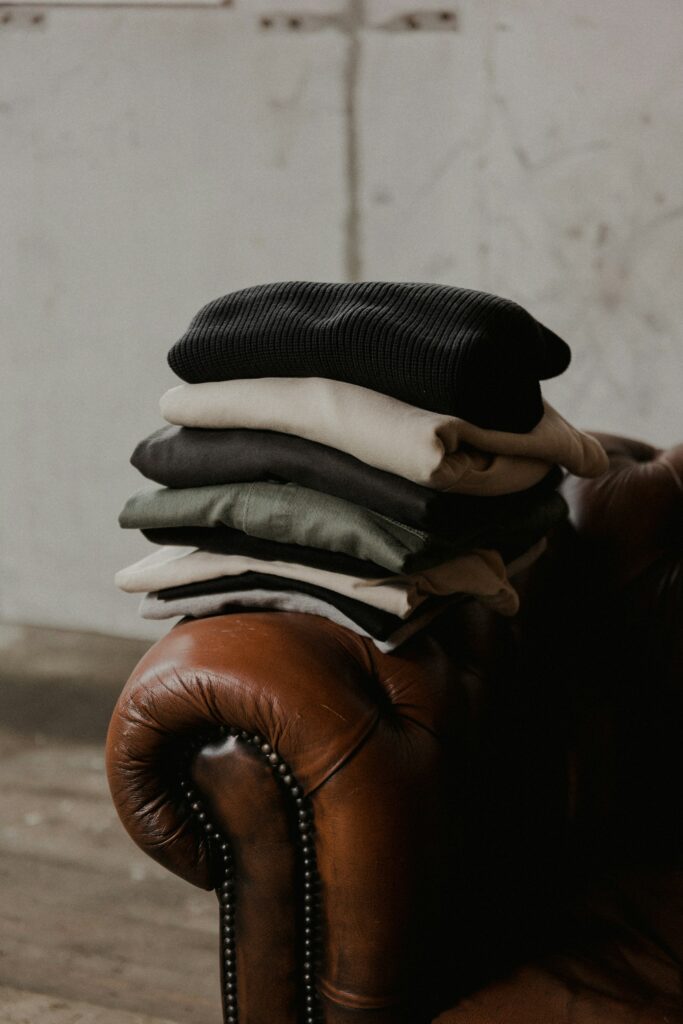In the ever-evolving fashion world, the term “fast fashion” has become a buzzword that sparks debates and raises eyebrows. As consumers become more conscious of their clothing choices’ environmental and ethical implications, the question of whether popular brands like Old Navy fall into the fast fashion category has gained significant traction.
In this comprehensive article, we’ll examine Old Navy’s business model, production practices, and sustainability efforts to determine is Old Navy Fast Fashion?

The Rise of Fast Fashion
Before we dive into Old Navy’s practices, it’s essential to understand the concept of fast fashion. Fast fashion refers to rapidly producing and distributing inexpensive, trendy clothing designed to mimic high-end fashion trends. These garments are often made from low-quality materials and produced in bulk, with little regard for environmental or labour standards. The fast fashion industry has been criticized for its negative impact on the environment, exploitation of workers, and promotion of overconsumption.
Old Navy’s Business Model:
Old Navy’s business model aligns closely with the principles of fast fashion, characterized by rapidly producing trendy and affordable clothing to keep up with ever-changing fashion trends. The brand’s production practices, supply chain management, and sustainability initiatives reflect this fast fashion approach while also incorporating some efforts to improve its environmental and social impact.
Production Practices
Old Navy follows a fast fashion model by rapidly turning over new styles and collections to stay current with trends. This involves quickly designing, producing, and distributing clothing items to meet consumer demand for the latest fashions at low prices. However, the brand has taken steps to improve its production practices by implementing a Vendor Code of Conduct that sets guidelines for suppliers on labor practices, workplace safety, and environmental responsibility. Old Navy claims to conduct regular audits to ensure compliance with these standards, although the effectiveness of these audits has been questioned.
Supply Chain Management
As a subsidiary of Gap Inc., Old Navy has made efforts to increase transparency and traceability within its supply chain. The company publishes an annual report detailing its progress on water conservation, energy efficiency, and worker empowerment initiatives. However, critics argue that Old Navy’s supply chain still lacks complete transparency, making it challenging to fully verify all of its claims. The brand has faced criticism for sourcing from countries with poor oversight of labor conditions and wages in the garment industry, such as Bangladesh, Cambodia, and China.
Sustainability Initiatives
Old Navy has introduced several sustainability initiatives aimed at reducing its environmental footprint:
- Incorporating recycled materials: The brand uses recycled polyester and cotton in some of its products.
- Denim recycling program: Old Navy offers a program for customers to recycle their old jeans.
- Sustainable cotton initiatives: The brand partners with organizations like the Better Cotton Initiative to promote sustainable cotton farming practices.
While these initiatives are commendable, some argue that Old Navy’s sustainability efforts must be revised and expanded to offset the brand’s overall environmental impact as a fast fashion retailer. The brand has been accused of greenwashing, with critics claiming its sustainability claims are not backed by sufficient transparency or tangible progress.
Statistics and Data:
- According to the Environmental Protection Agency (EPA), the fashion industry is responsible for approximately 8.1% of global greenhouse gas emissions.
- In 2021, Old Navy’s parent company, Gap Inc., reported using approximately 12% recycled polyester and 5% recycled cotton in their products.
- A study by the International Labor Organization (ILO) found that the fast fashion industry is often associated with poor working conditions, low wages, and excessive overtime.
- The Ellen MacArthur Foundation reports that the fashion industry produces over 100 billion garments annually, with many ending up in landfills or incinerators.
These statistics highlight the significant environmental impact of the fashion industry, including its contribution to greenhouse gas emissions and waste generation. While Old Navy’s parent company has made efforts to incorporate recycled materials, the brand’s association with the fast fashion model raises concerns about labor practices and overconsumption within the industry.
Key Takeaways
Old Navy’s business model aligns with fast fashion principles, characterized by frequent product turnover, affordability, and rapidly changing collections.
While the brand has made efforts to improve its production practices, supply chain transparency, and sustainability initiatives, critics argue that more needs to be done to fully address the environmental and ethical concerns associated with the fast fashion industry.
Old Navy’s labour practices have also been criticized. Rating agencies downgraded the brand’s labour rating due to insufficient progress in ensuring worker health, safety, and fair wages throughout its supply chain.
The Bottom Line: Is Old Navy Fast Fashion?
Ultimately, whether Old Navy can be classified as a fast fashion retailer remains a matter of debate, as the brand exhibits both fast fashion characteristics and efforts to mitigate its environmental and social impact.
Frequently Asked Questions:
Is Old Navy considered a fast fashion brand?
Old Navy shares some characteristics with fast fashion retailers, such as frequent product turnover and affordability. However, the brand has made efforts to improve its production practices and implement sustainability initiatives, which sets it apart from traditional fast fashion brands.
Does Old Navy use sustainable materials?
Yes, Old Navy has incorporated recycled materials like recycled polyester and cotton into some of its products. The brand also offers a denim recycling program and partners with organizations promoting sustainable cotton farming practices.
Is Old Navy transparent about its supply chain?
While Old Navy has taken steps to increase transparency and traceability within its supply chain, critics argue that the brand’s supply chain still lacks complete transparency, making it challenging to verify all of its claims fully.




